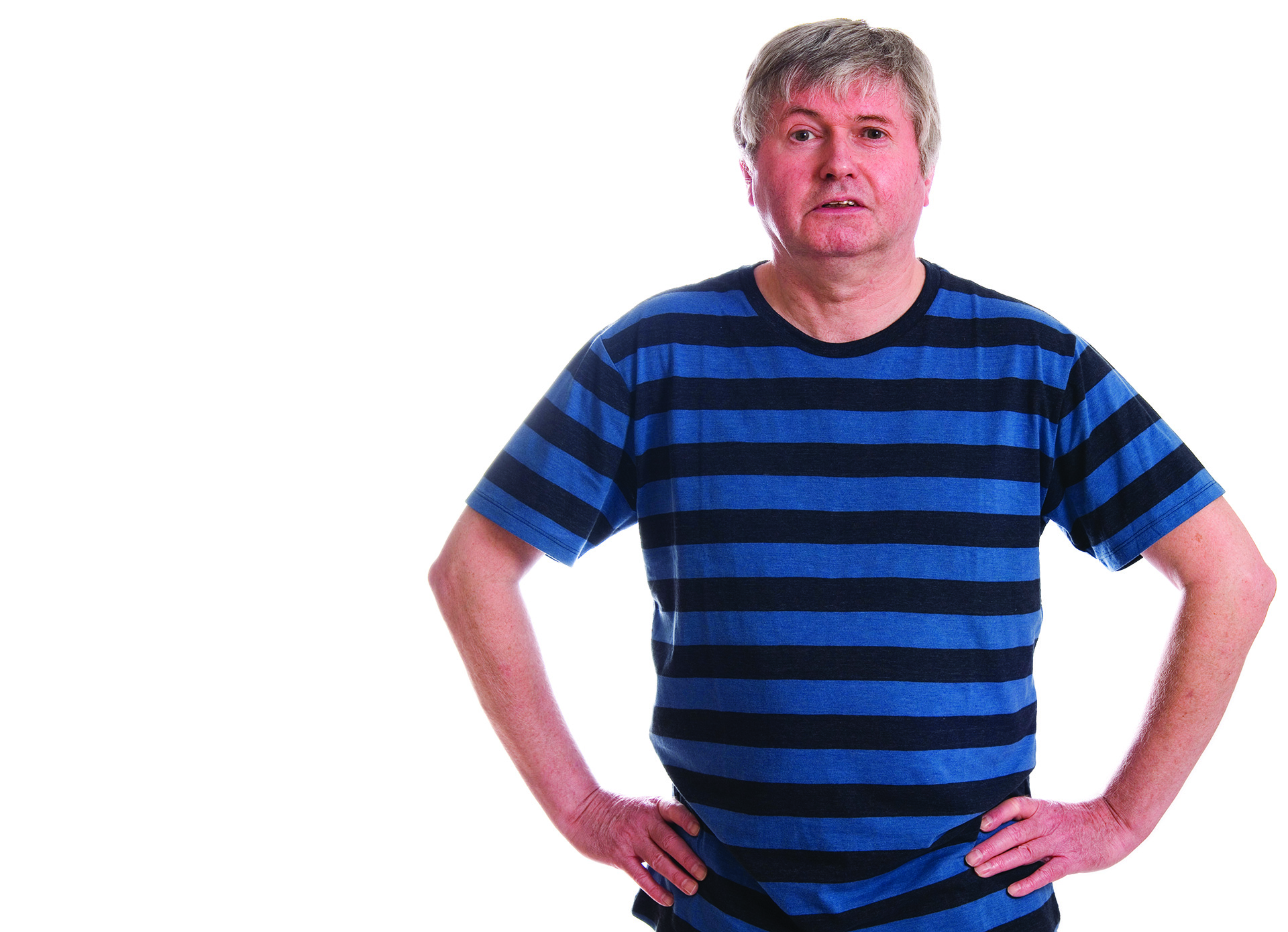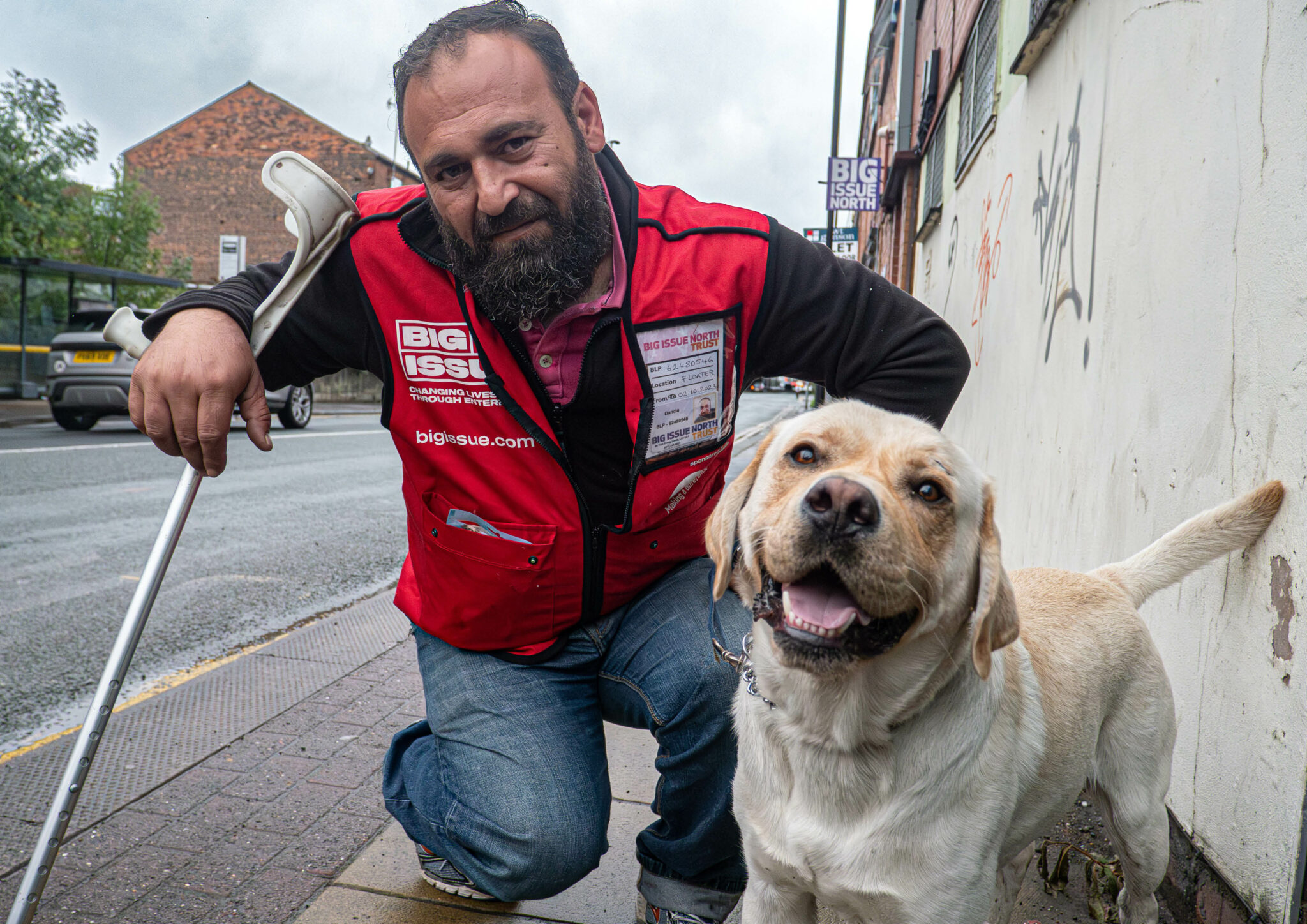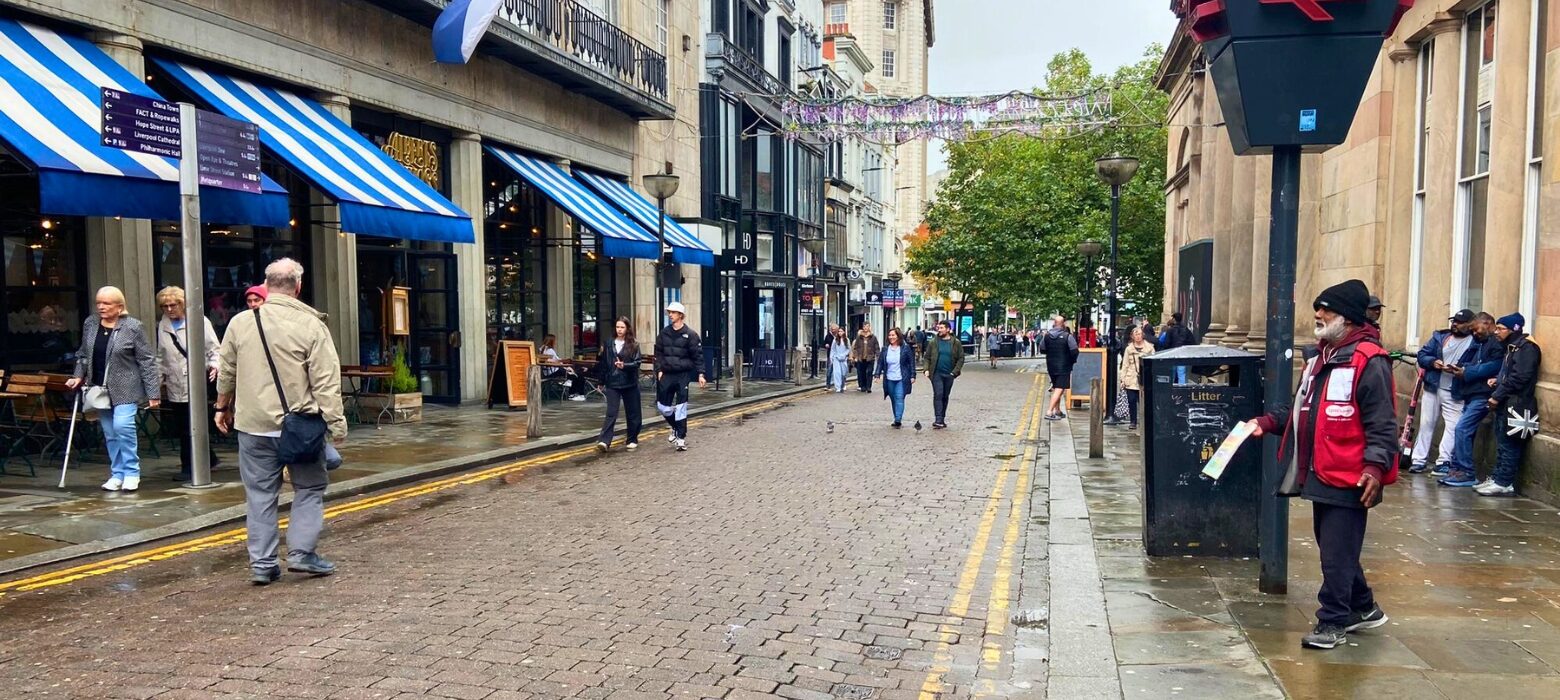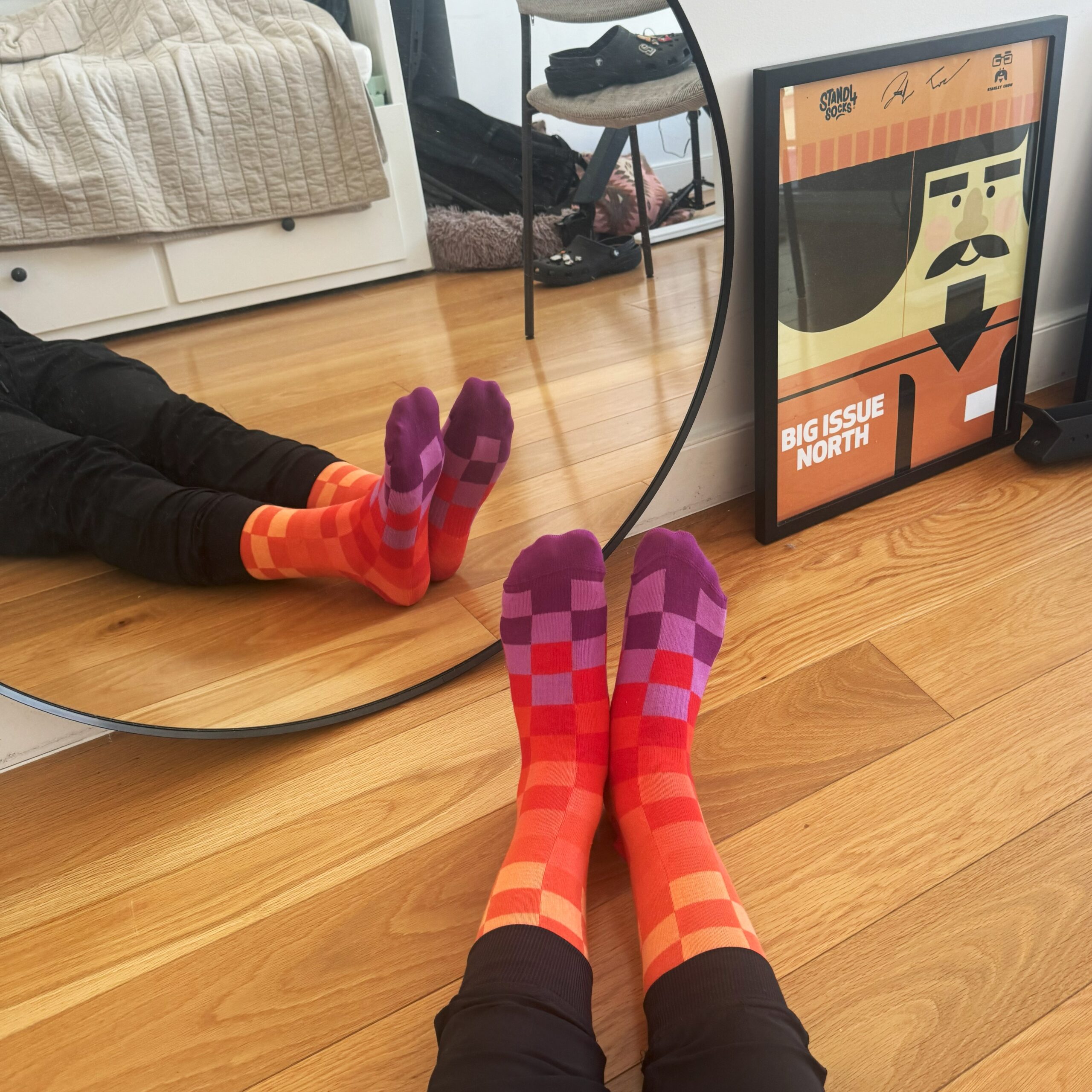Some things were just never meant to happen. In the 1890s a new Yorkshire seaside resort to rival Scarborough was planned for the south side of picturesque Robin Hood’s Bay, but today visitors photograph the few buildings and foundations that were constructed before the grandiose project collapsed.
I’m beginning to think the same fate might await HS2, the eye-drowningly expensive rail link between London and the North that makes the word grandiose seem like an understatement.
On paper at least, the line’s concept was initially on the right track. Super-trains cruising at 250mph would shorten present day journey times by almost half an hour. This, we were told, would help to erase the north-south divide and fire up local economies from the Mersey to the Humber.
But mile by mile, HS2 has been cut back. A year or so ago it was announced the eastern leg to Leeds had been scrapped and a link to the East Midlands curtailed. Last summer it emerged that a 13-mile stretch of new track to the West Coast Main Line through the leafy Altrincham and Sale West constituency of Tory grandee Sir Graham Brady had – surprise surprise – also been abandoned.
More recently, there’s been doubt cast on whether the line would even terminate in central London, while the number of trains an hour is to be downsized from 18 to 10. Even that blistering 250mph speed is set to be throttled right back. So HS2 is starting to sound less like a new golden age of railways and more like business as usual on the UK rail network. Instead of HS meaning high speed it’s on course to mean horribly slow. We’re entitled to wonder what the point of it is apart from being a massive face-saving exercise for the Conservatives.
I was sceptical the moment HS2 was fanfared. Bulldozing the line through fields, woods, towns and villages would uproot thousands of people and ruin many a valuable wildlife habitat, I wrote. The most gargantuan construction project in UK history would also open up a vast financial black hole. Sure enough, the cost has spiralled from an initial estimate of £30 billion to almost £100 billion now.
Meanwhile, our existing rail and bus networks have become a joke, with money for local transport set to be cut back even further in coming months. Recently I saw a bus shelter in a Yorkshire village that looked like a relic from another time, the last scheduled service having picked up passengers three years ago. A piece of graffiti felt-tipped onto the glass read “In memory of all those who died here waiting for a bus”.
Earlier this month the shadow transport secretary, Sheffield Heeley MP Louise Haigh, wrote that the near-total collapse of our local bus services is a “quiet crisis” faced by millions of people. Since 2012, the year HS2 was announced, thousands of routes have been lost across England, more than 1,000 of them in the last year alone.
With HS2’s completion date constantly pushed back it may become the UK’s equivalent of Antoni Gaudi’s fantastic cathedral, the Sagrada Familia, begun in 1883 but still Barcelona’s most famous construction site. Preferably, though, the government should axe it altogether and spend the money on public transport that people need in their daily lives. Like that doomed Yorkshire seaside resort, the overgrown cuttings may then become a tourist attraction in future decades.







Leave a reply
Your email address will not be published.